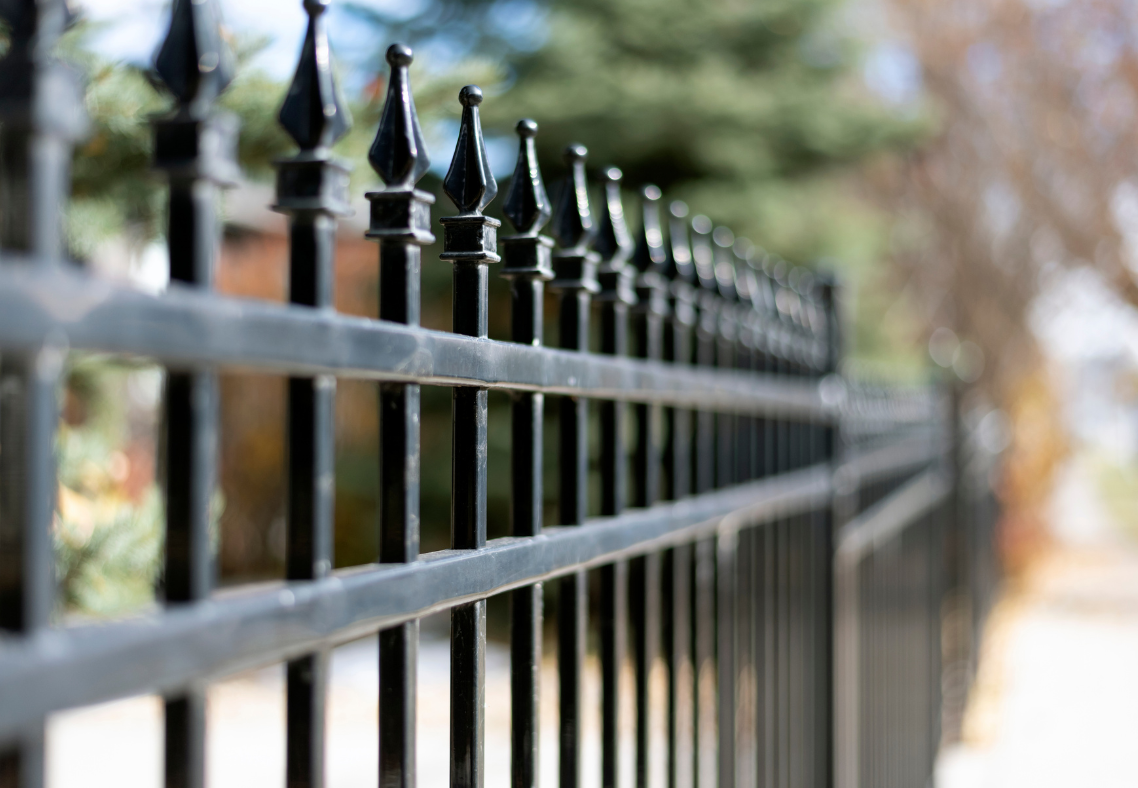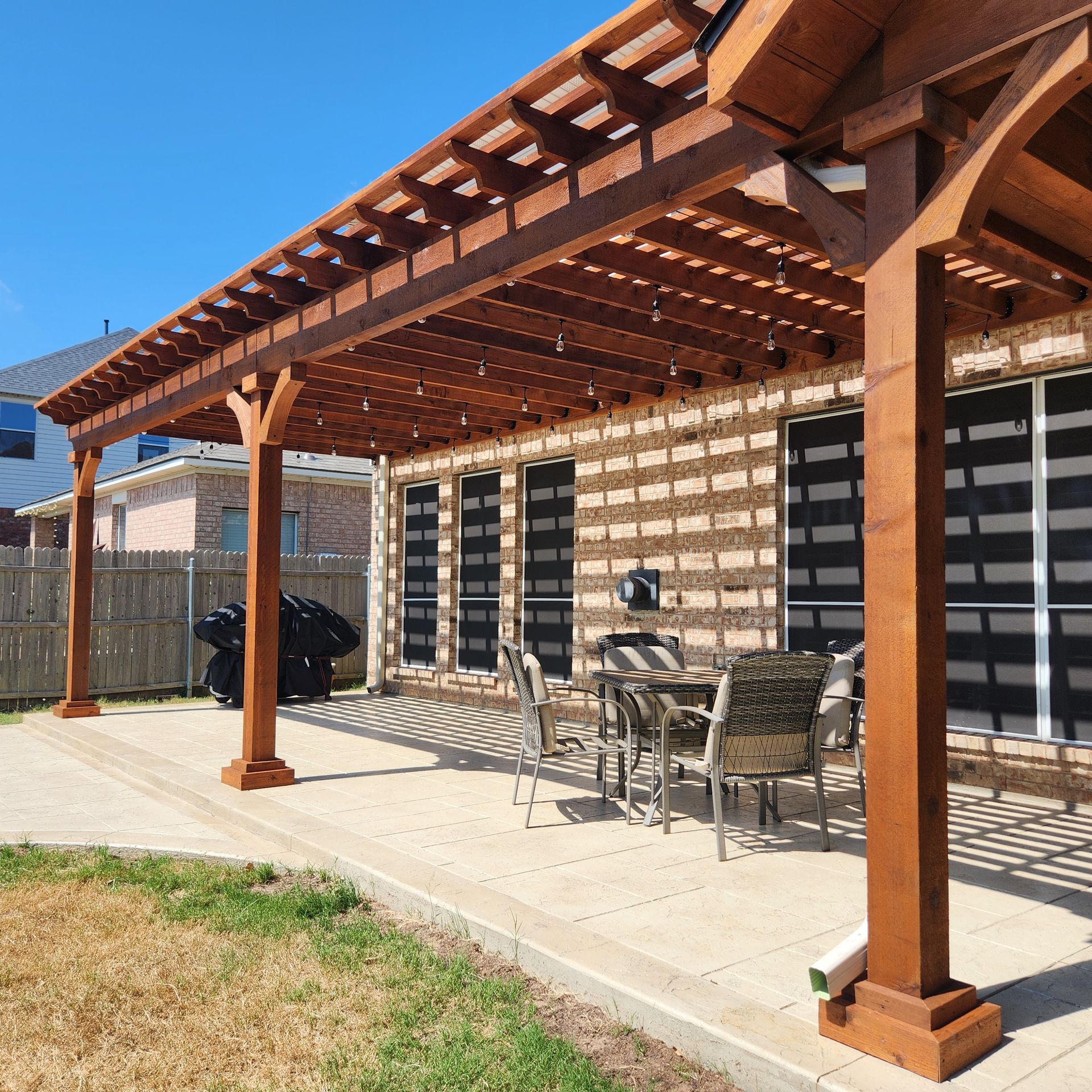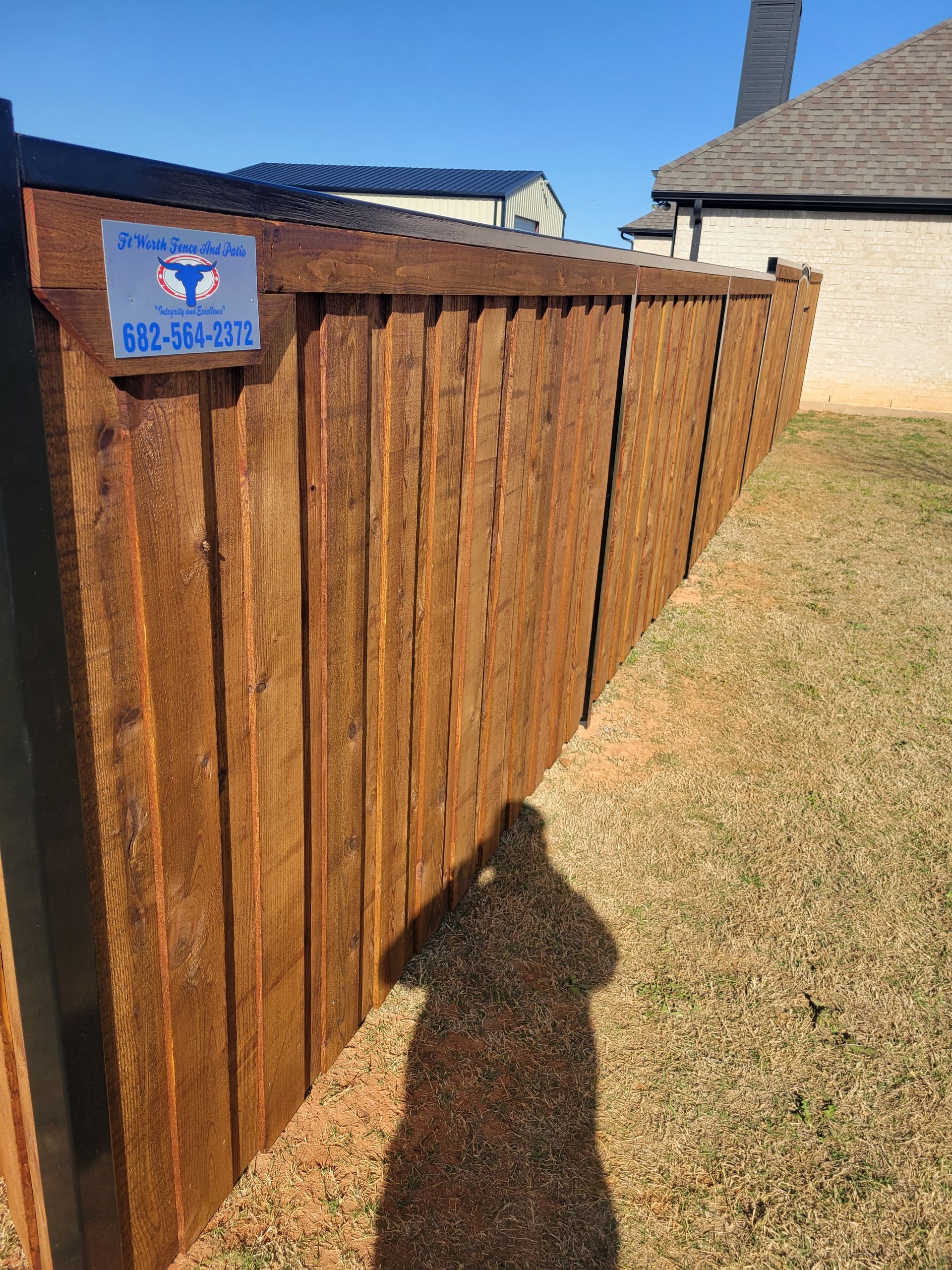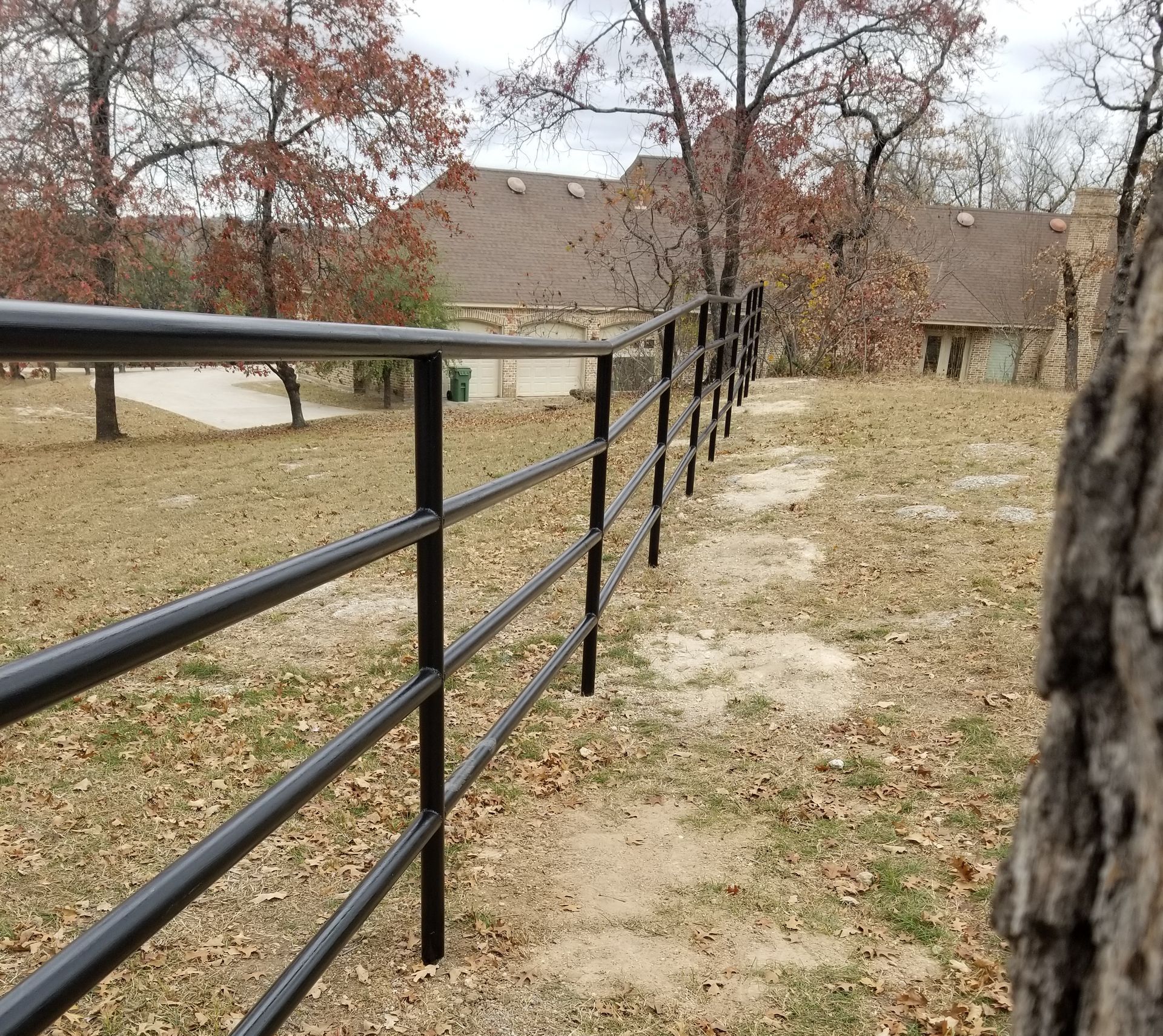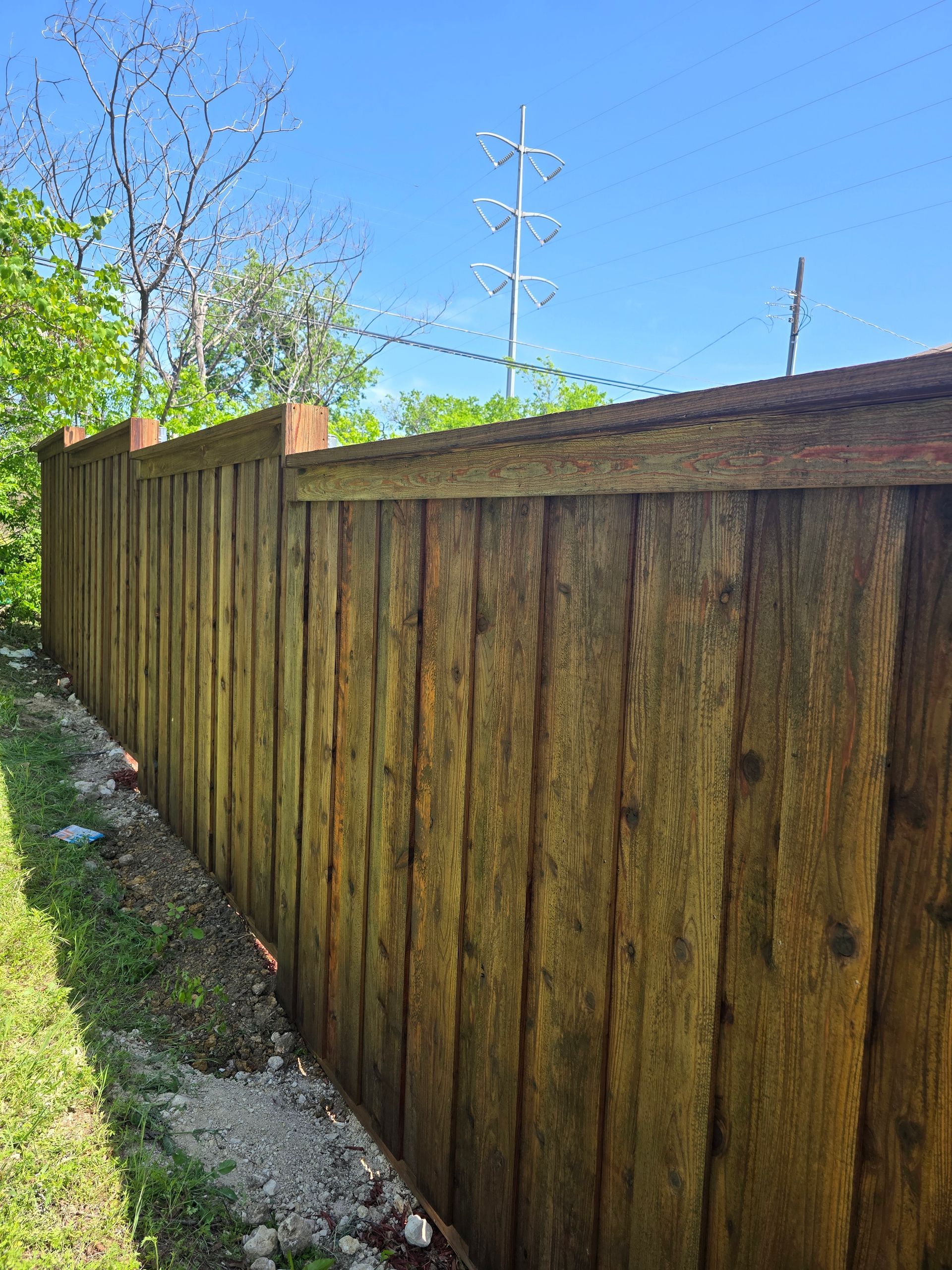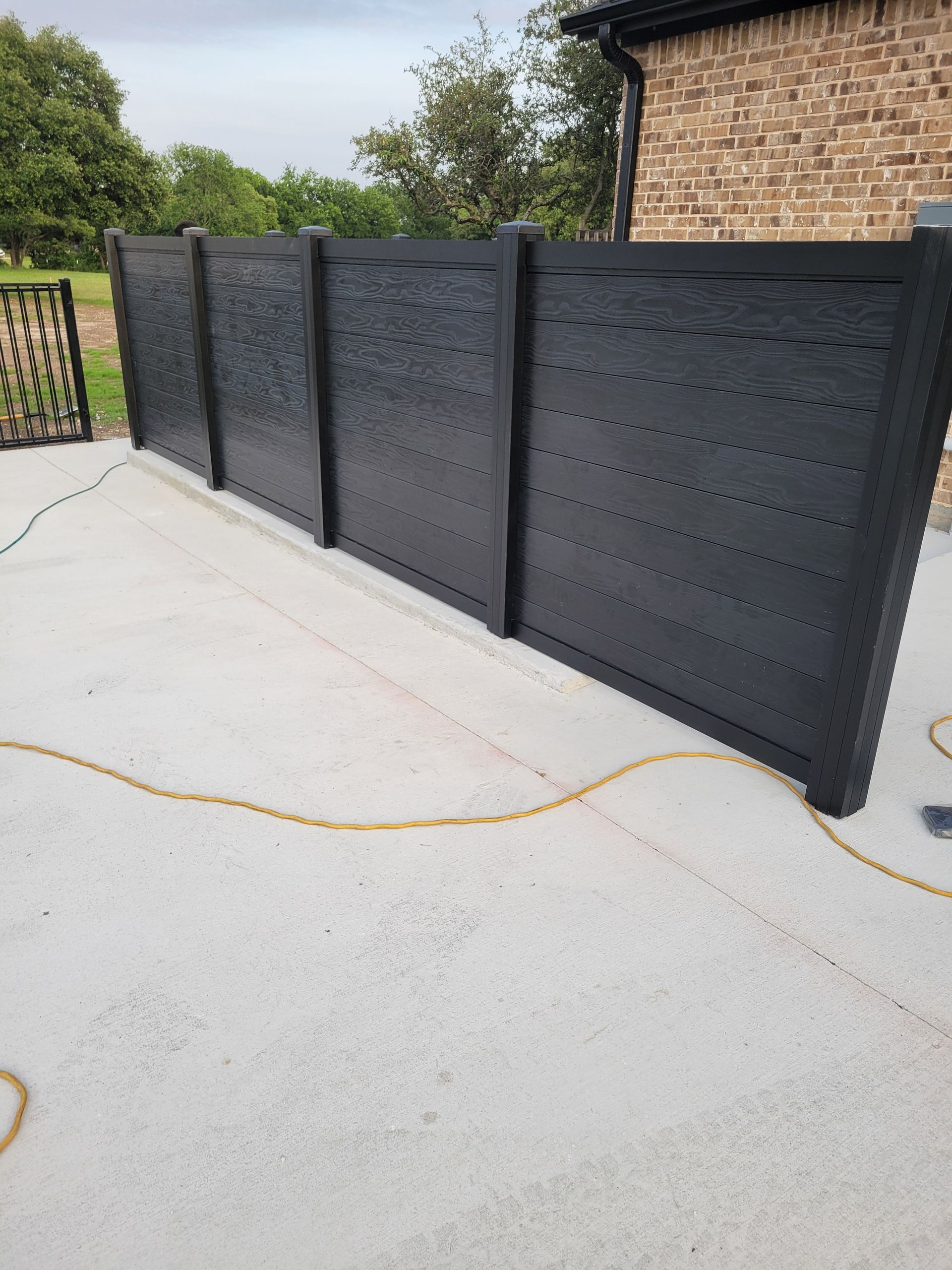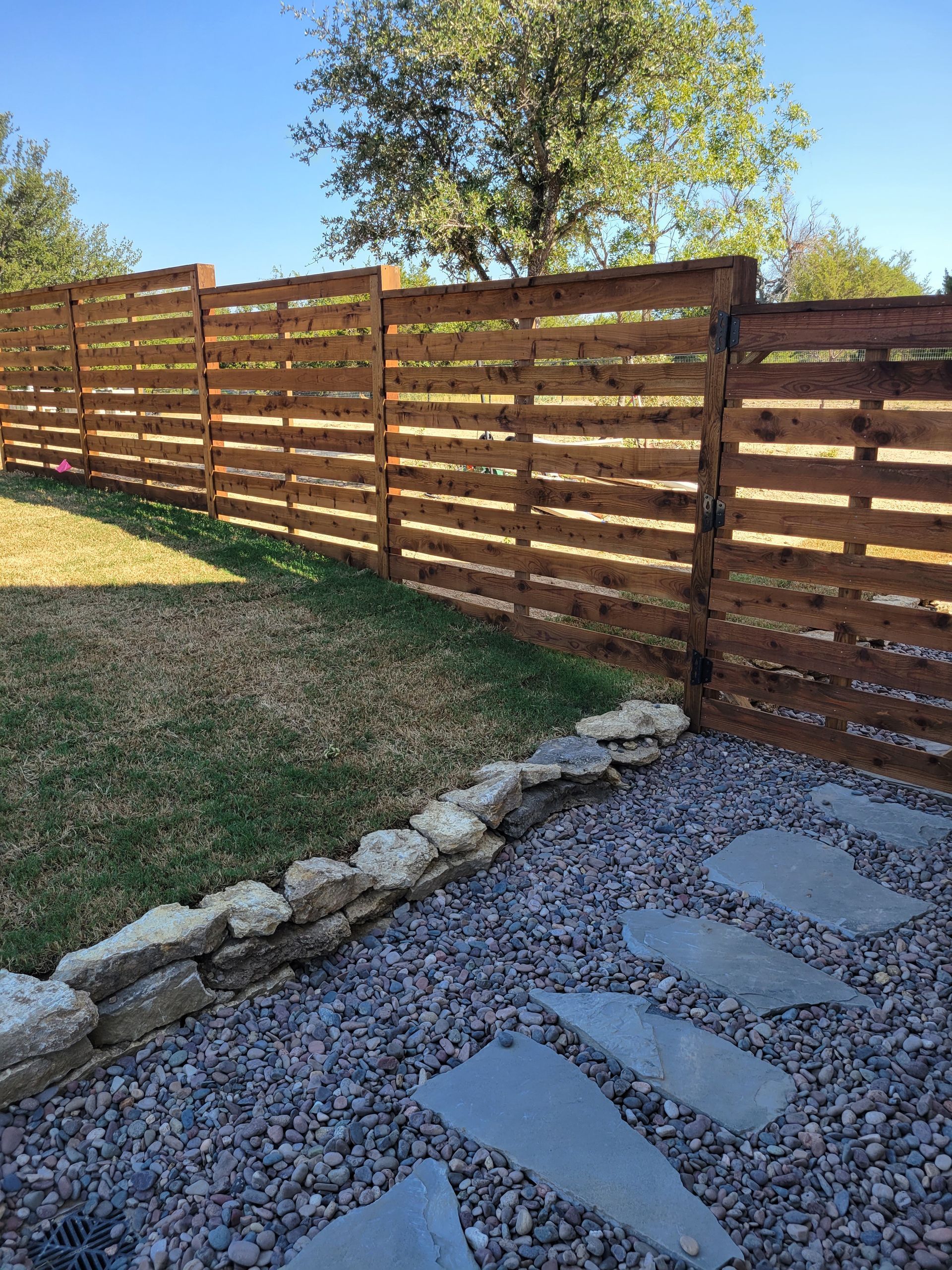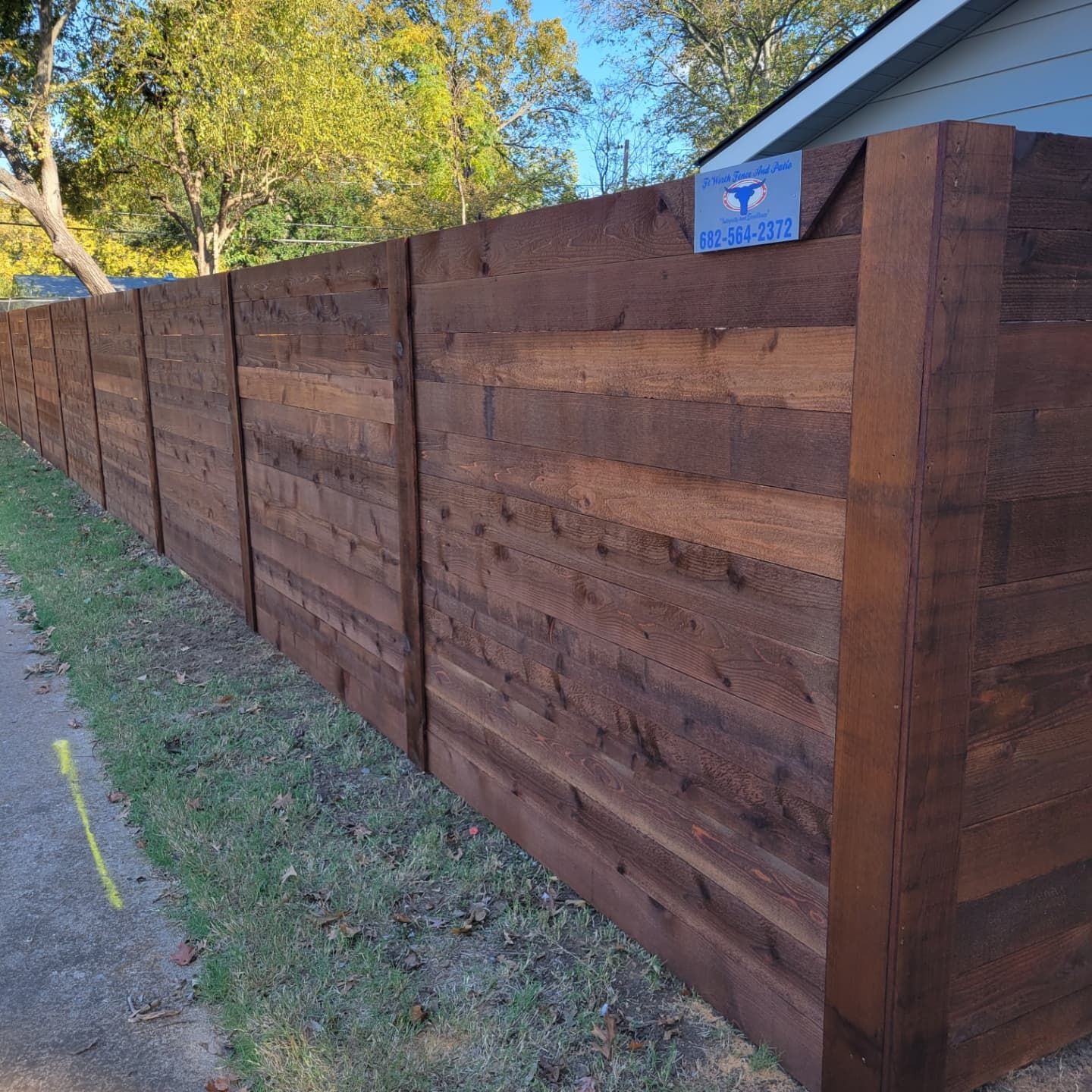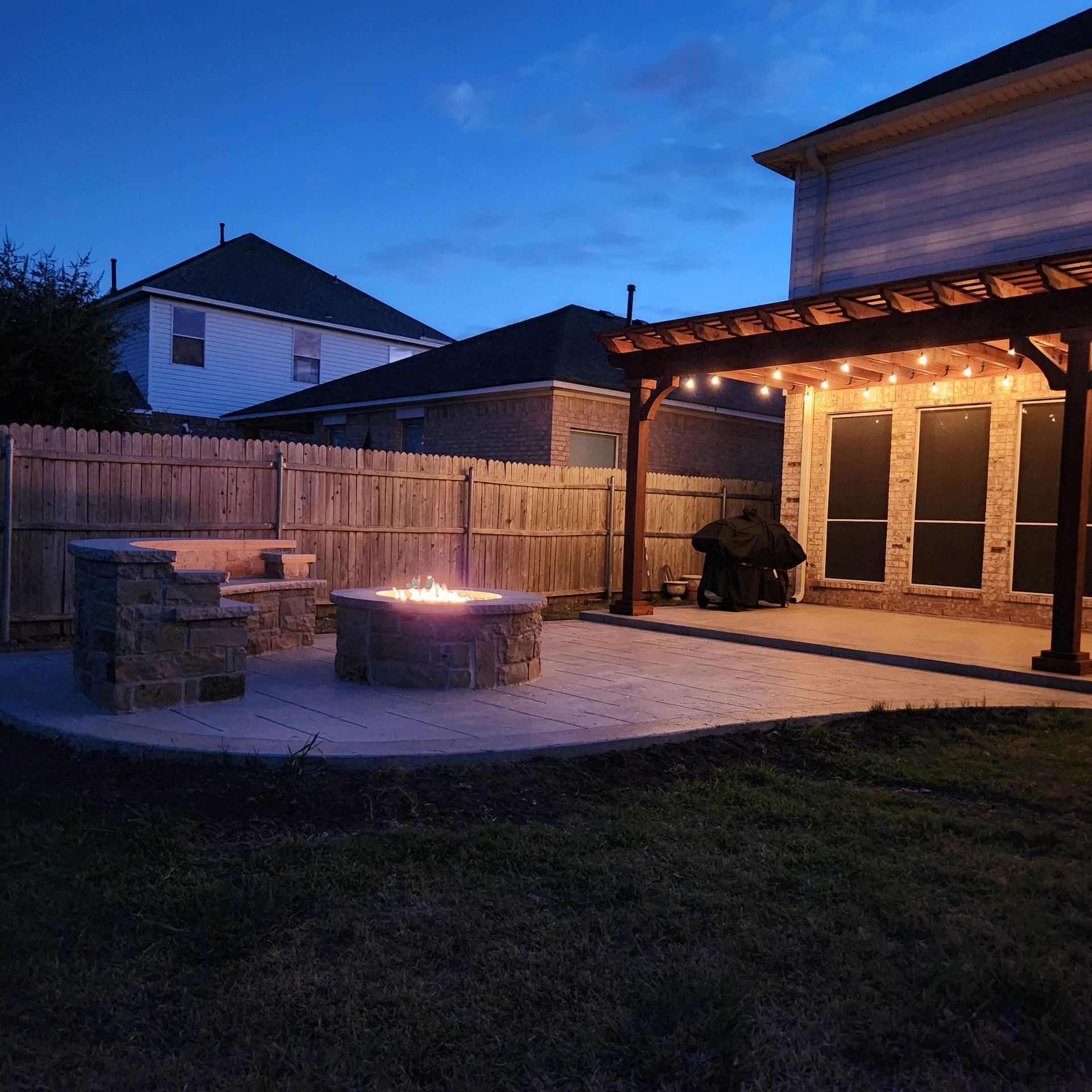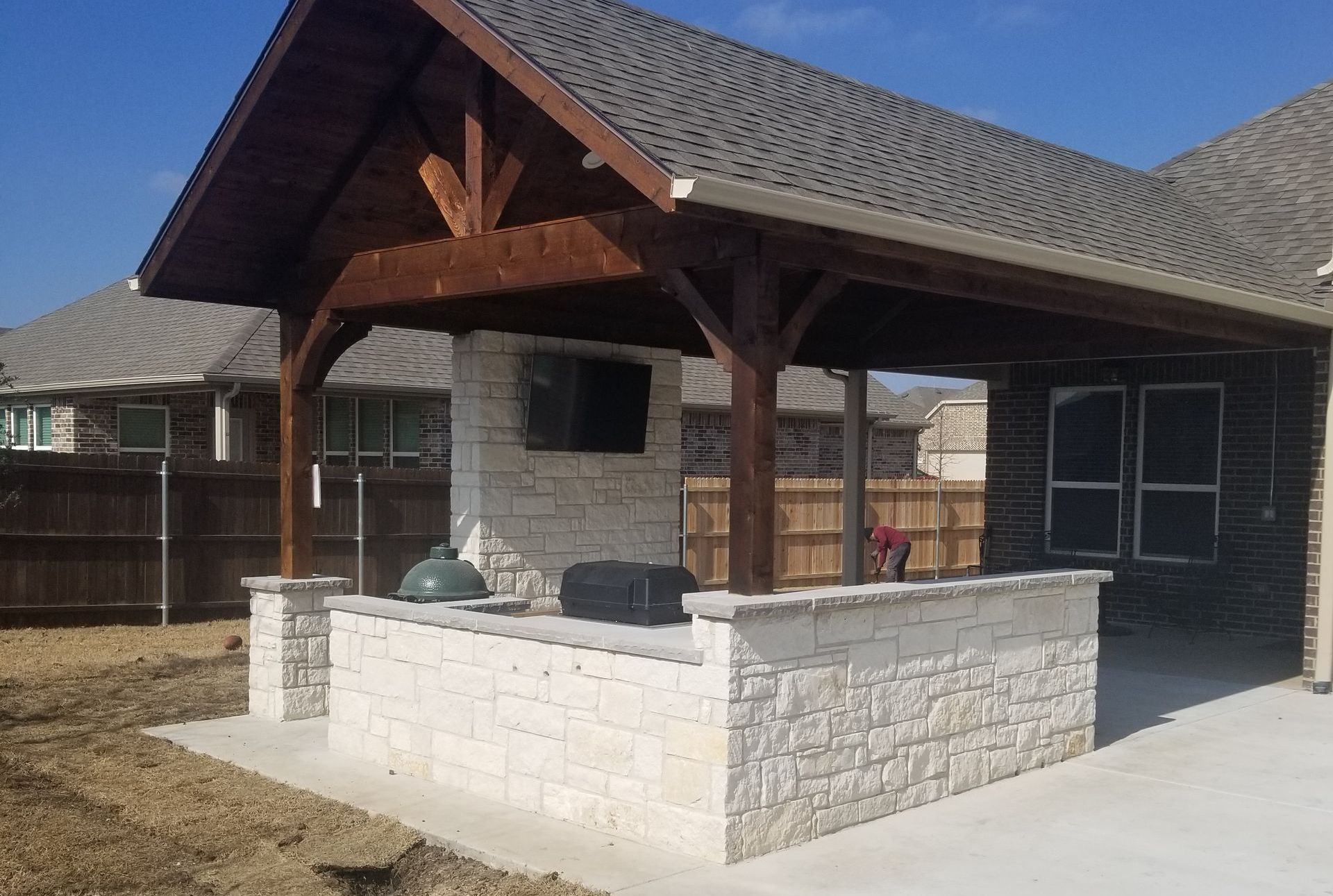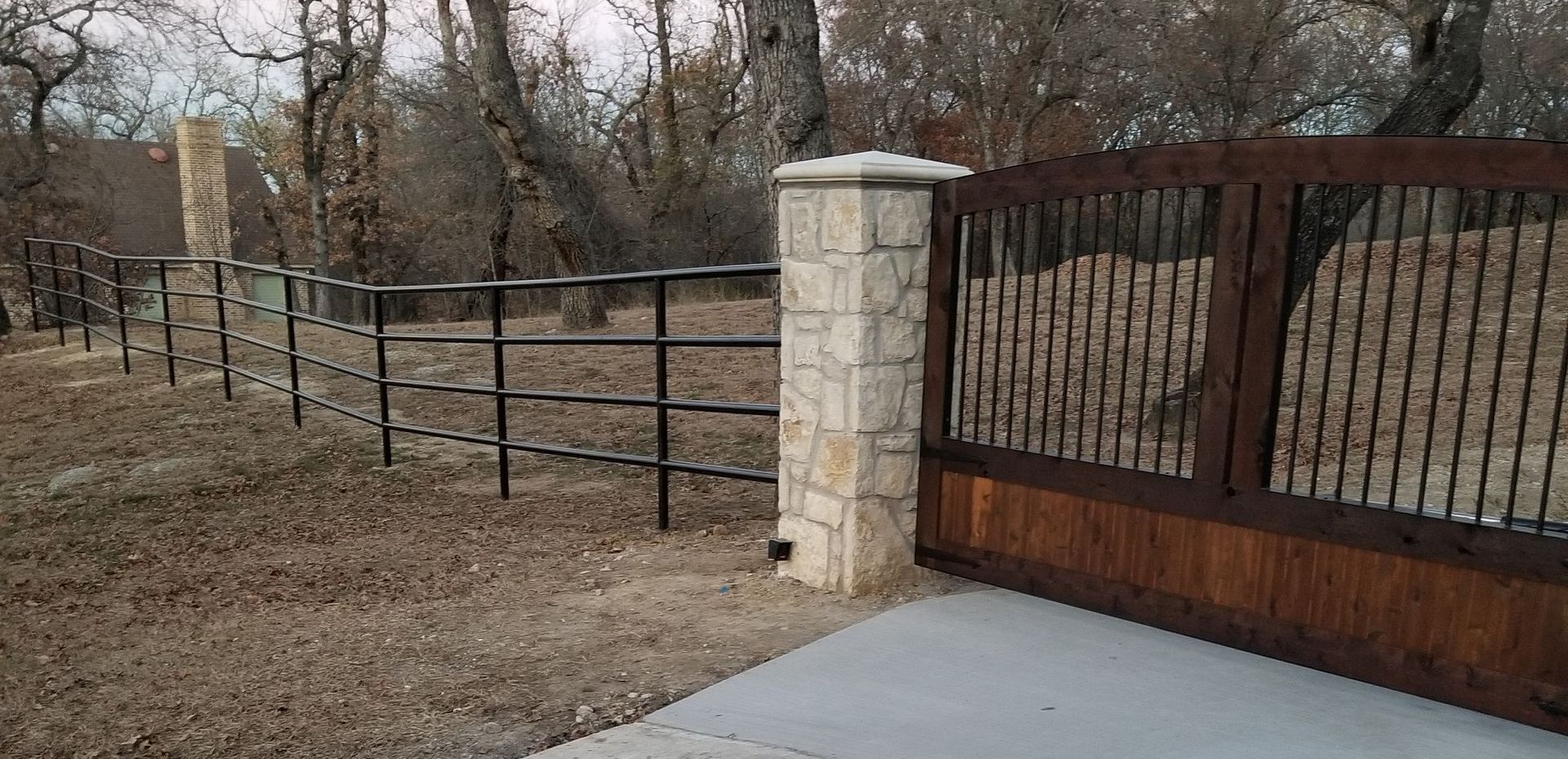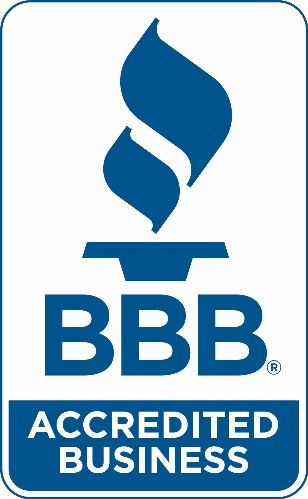Fence and Patio Tips
The Essential Knowledge You Need Before Replacing Your Fence
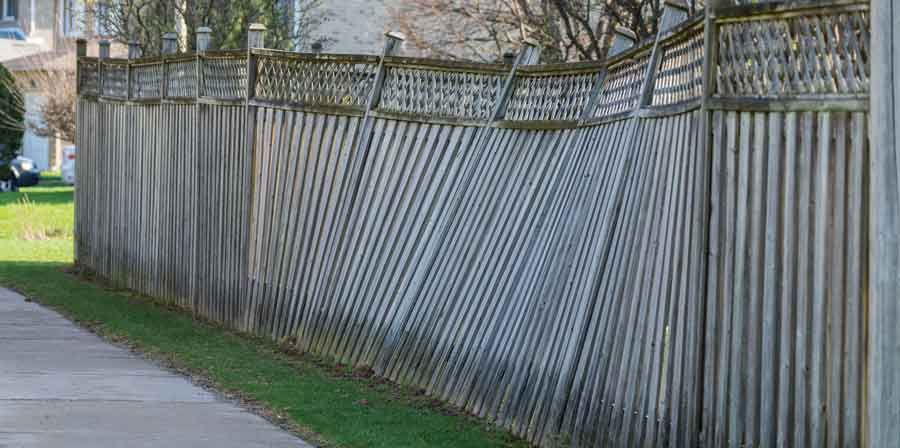
The Essential Knowledge You Need Before Replacing Your Fence
Intro
When it comes to replacing your fence, there are a lot of factors to consider. From understanding your needs and goals to finding the right fence company and navigating local regulations, the process can seem overwhelming. In this guide, we'll walk you through the essential knowledge you need before embarking on your fence replacement project.
Understanding Your Needs and Goals
Before initiating the search for a fence company, take a moment to reflect on what prompts the need for a fence replacement. Identifying your primary objectives—whether it's enhancing privacy, bolstering security, or updating the aesthetic appeal of your landscape—will serve as a cornerstone for your project. This introspection aids in outlining the specifications for your new fence, including the preferred height, material, and style, ensuring that the final outcome aligns with your envisioned landscape. Additionally, consider how the replacement might affect your daily life and the overall functionality of your outdoor spaces. For instance, if pet safety is a concern, specific fence designs may be more appropriate than others. Similarly, if you aim to create a serene outdoor retreat, the choice of materials and design can significantly influence noise reduction and privacy levels. Understanding these intricacies will not only guide you in making informed decisions but also in communicating your expectations effectively to the selected fence company. Delving into this process with clarity and foresight paves the way for a smoother transition from the old fence to your new, customized boundary, ensuring that the final installation not only meets but exceeds your expectations.
Navigating Local Regulations and HOA Guidelines
Before diving into your fence replacement project, an essential step is to familiarize yourself with the local regulations and any homeowners' association (HOA) guidelines that might affect your plans. Municipalities often have specific rules regarding fence height, materials, and how far a fence must be set back from property lines. These regulations are in place to ensure safety, maintain aesthetic standards, and minimize disputes among neighbors. Additionally, if you're part of an HOA, there could be further restrictions or approval processes to consider. HOAs typically have their own set of guidelines aimed at preserving the community's overall look and feel, which might limit your choices in terms of fence style, color, or material.
To avoid any setbacks or penalties, it's important to do your homework early on. Start by contacting your local city or county government's building department to inquire about the necessary permits and any zoning laws related to fence installations. Don't forget to also reach out to your HOA, if applicable, to obtain a copy of their guidelines and approval forms. Taking these steps before finalizing your fence design can save you time, money, and potential headaches. It ensures that your fence not only meets your personal needs and preferences but also complies with all legal and community standards. Remember, adherence to these regulations and guidelines not only facilitates a smoother project flow but also helps maintain harmonious relationships within your community.
Setting a Realistic Budget for Your Project
Crafting a feasible budget for your fence replacement is a pivotal step that encompasses several financial considerations. Initially, you must assess the various expenses tied to the project, such as the cost of materials, which can vary widely depending on your choice between wood, vinyl, aluminum, or other materials. Labor costs are another significant factor, with prices fluctuating based on the complexity of the installation and the rates of the fence company you select. Securing the necessary permits is also a cost that should be factored into your budget early in the planning stage to prevent any unforeseen financial surprises.
Furthermore, it’s wise to allocate a portion of your budget for unexpected costs. These can arise from various sources, such as discovering underground utilities that need to be rerouted or addressed before installation can proceed. By allowing for these contingencies in your budget, you're safeguarding against potential project delays and financial strain.
To gain a comprehensive understanding of potential costs, obtaining quotes from several reputable fence companies is advisable. This will not only provide you with a range of pricing options but also offer insight into the value and quality of service provided by each company. Comparing these quotes helps in making an informed decision that aligns with your financial constraints while still meeting your project’s requirements.
Incorporating all these elements into your budget ensures a holistic approach to financial planning for your fence replacement project. This preparation minimizes the risk of unexpected expenses and facilitates a smoother project flow, ultimately leading to a successful and satisfying outcome for your property enhancement endeavor.
Finding and Choosing the Right Fence Company
Embarking on the journey of selecting a dependable fence company requires diligent research and attention to detail. Begin by sourcing a list of potential companies through online searches, focusing on those that have amassed positive feedback and high ratings from past customers. Social media platforms and dedicated review sites can be valuable resources for gauging the reputation and reliability of these companies. Recommendations from your community, such as friends, family, and neighbors, can also provide insights into their firsthand experiences with local fence installers, offering a more personalized perspective on the quality of work and customer service.
Once you've compiled a list of potential candidates, delve deeper into their credentials. Confirm that they are fully licensed to operate in your area and carry comprehensive insurance coverage, which protects both parties in the event of unforeseen incidents during the project. The presence of warranties on both materials and labor is also a significant consideration, as it reflects the company’s confidence in their workmanship and commitment to customer satisfaction.
Arranging consultations with your shortlisted companies allows you to discuss your project in detail, enabling them to provide accurate quotes and timelines. These meetings are also an opportunity to assess their professionalism, communication skills, and willingness to accommodate your specific needs and preferences. Pay attention to their suggestions and how they plan to address any challenges your project might present. Their approach can offer valuable insights into their expertise and how they prioritize client satisfaction.
Ultimately, choosing the right fence company is a balance of thorough research, personal intuition, and a clear understanding of your project’s goals. The effort you put into selecting the right partner for your fence replacement project can make a significant difference in the success and enjoyment of the final outcome.
The Importance of Quality Workmanship
In the realm of fence replacement, the significance of quality workmanship cannot be overstated. This crucial element serves as the foundation for a structure that not only meets the aesthetic and functional requirements of the homeowner but also stands the test of time against various environmental challenges. A meticulously constructed fence by skilled artisans using superior materials ensures durability, reducing the likelihood of frequent repairs or premature replacement. Furthermore, attention to detail in craftsmanship reflects on the overall appearance of the fence, contributing positively to the property’s curb appeal and, by extension, its market value. Engaging a reputable fence company recognized for their commitment to excellence in workmanship guarantees that every component of the fence, from the choice of materials to the precision in installation, is handled with utmost care and expertise. This dedication to quality not only translates into a visually appealing and sturdy boundary but also instills confidence in homeowners, knowing their investment is protected. It is, therefore, essential to prioritize workmanship of the highest standard when planning a fence replacement project, as it ultimately defines the success and longevity of your new fence.
Communicating Effectively with Your Contractor
Effective communication forms the backbone of any successful fence replacement project. It's imperative to establish a clear and open dialogue with your contractor from the outset. Articulate your vision, objectives, and any specific preferences or constraints you might have regarding the project. This initial conversation sets the stage for a collaborative relationship, ensuring that your contractor fully understands your expectations and is better equipped to meet them.
As the project progresses, maintaining this open line of communication becomes even more crucial. Don't hesitate to ask questions or voice concerns as they arise. A reputable contractor will welcome your input and strive to address your queries promptly and thoroughly. This ongoing exchange of information helps to preempt potential misunderstandings or conflicts, fostering a smoother project flow.
Equally important is the contractor's ability to communicate with you. Expect regular updates on the project's status, including any changes to the timeline or budget. These updates provide transparency, allowing you to stay informed and involved every step of the way. Should challenges or delays occur, a timely and honest explanation from your contractor can help mitigate any frustration.
In essence, effective communication with your contractor is not merely about conveying your desires for the project; it's about establishing a partnership. This partnership is built on mutual respect, understanding, and a shared commitment to achieving a successful outcome for your fence replacement project. By prioritizing open and effective communication, you lay the foundation for a project that not only meets but exceeds your expectations.
Exploring Customization Options for Your Fence
Your fence is more than just a boundary; it's an extension of your home's character and style. Delving into customization options opens up a realm of possibilities, allowing your fence to truly reflect your personal aesthetic and fulfill specific functional needs. Material choices range from traditional wood, which offers a timeless look and can be painted or stained to any color, to more modern materials like vinyl or aluminum that provide durability with minimal maintenance. Each material has its own set of unique properties and appearance, enabling you to match the fence not only to the style of your home but also to the surrounding landscape.
Beyond materials, consider the design elements that can set your fence apart. Features such as lattice work, post caps, and decorative gates can add flair and sophistication. For a more personalized touch, integrating planters or lighting can enhance both the beauty and functionality of your fence, creating an inviting atmosphere for both day and night.
The height and spacing of your fence can also be customized to meet your needs, whether you're seeking to maximize privacy, allow more sunlight into your garden, or keep pets safely enclosed. Working closely with your fence company, you can explore these various customization options to design a fence that not only meets your practical needs but also complements your home’s architecture and the natural environment, making it a seamless addition to your property. This collaborative process ensures that your new fence is not just a perimeter but a statement piece that enhances your outdoor living space.
Preparing Your Property for Fence Installation
The initial phase before the physical commencement of your fence installation is critical in setting the stage for a smooth and efficient process. It involves a series of preparatory steps that, when executed properly, can significantly minimize potential obstacles and expedite the installation timeline. First and foremost, conduct a thorough survey of the area designated for the new fence. This entails removing any personal belongings, trimming back overgrown vegetation, and clearing debris that could hinder access or disrupt the work area. It's also wise to identify and mark any underground utilities to prevent disruptions or damage during the installation.
Equally important is the verification of your property lines. Accurate delineation of your property boundaries ensures the fence is constructed within your legal confines, averting disputes with neighbors or non-compliance with local regulations. Engage with your fence company to discuss any site-specific preparations they recommend or require. This may include discussing access points for heavy equipment or materials and identifying any areas of concern that could affect the installation process.
Lastly, communicate with your neighbors about the upcoming project. Notifying them not only fosters good neighborly relations but also prepares them for any temporary disturbances during the installation period. By taking these proactive steps, you pave the way for a seamless fence installation, ensuring that the transition from preparation to completion is as smooth and swift as possible.
Understanding the Installation Process
Navigating the fence installation process involves a series of structured steps, each critical for the seamless execution and completion of your project. Initially, a detailed site assessment is conducted by the fence company to understand the terrain, identify any potential obstacles, and take precise measurements. This preliminary evaluation is crucial for planning the layout and determining the required materials, ensuring that the design aligns with your property's unique characteristics and your specific needs.
Following this assessment, a comprehensive plan is developed, outlining each phase of the installation. This plan includes setting the posts, which form the foundation of the fence. The posts are typically secured in the ground with concrete to provide stability and support for the panels or fencing material. Once the posts are set and properly aligned, the panels or chosen fencing material are installed, connecting the posts and forming the continuous structure of the fence.
Throughout the installation, it's important to stay engaged with the process. This doesn't mean micromanaging but rather staying informed of the progress and being available to make decisions if unexpected situations arise. An open line of communication with the fence company ensures that any concerns are addressed promptly, and adjustments can be made as needed.
The final stage of the process involves a thorough inspection of the installed fence to ensure it meets all agreed-upon specifications and quality standards. Any adjustments or corrections are made at this point. Once the fence is deemed complete, the area is cleaned up, removing any debris or materials related to the installation, leaving your property neat and with a beautifully installed new fence.
Maintaining Your New Fence
The longevity and aesthetic appeal of your fence greatly depend on the care and maintenance it receives after installation. Establish a routine to periodically check for any signs of damage, such as cracks, warping, or loose panels, that can emerge over time. Addressing these issues promptly can prevent more extensive repairs down the line and preserve the integrity of your fence.
For wood fences, applying a protective sealant or stain every few years can safeguard against moisture, sun damage, and insect infestation, thereby extending the life of your fence. Vinyl or aluminum fences, while less demanding, benefit from regular cleaning to remove dirt and mildew, maintaining their pristine appearance.
Furthermore, be mindful of landscaping near your fence. Overgrown vegetation can exert pressure on the structure, potentially causing misalignment or damage. Keeping trees and bushes trimmed back will not only alleviate this concern but also prevent hidden damp spots that could lead to wood rot or rust on metal components.
Seasonal care is also crucial. Before winter, ensure your fence is in good condition to withstand the colder months. Check that posts are secure and panels are intact to avoid damage from heavy snow or wind. After severe weather events, inspect your fence for any storm-related damage and make necessary repairs to restore its condition.
By incorporating these maintenance practices, you not only enhance the durability and functionality of your fence but also contribute to the overall aesthetics of your property. Regular upkeep is key to enjoying the full benefits and beauty of your investment for years to come.

